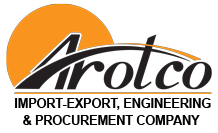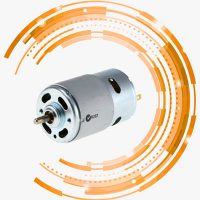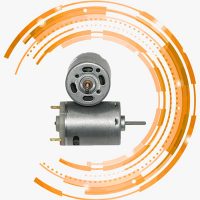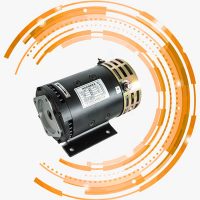| No |
The motor model specified by the manufacturer |
| Type |
Engine name, by having the motor name and referring to the manufacturer, more information about the motor could be found |
| AMPS |
The maximum virtual current the motor needs to operate |
| V |
The operating voltage of the electric motors, no more or less voltage should be applied to the windings of the motor. If there is an asterisk (Y) or a triangle, the voltage is used in the same connection (the operating voltage of the motor above is 415 volts in star mode) |
| HERTZ |
Specifies the operating frequency of the motor, the operating frequency of the motor is usually 50 or 60 Hz |
| Note |
The speed of electric motors is related to the frequency, so an electric motor that is at a frequency of 50 Hz, for example 1500 rpm, the same electric motor at a frequency of 60 Hz is no longer 1500 rpm |
| DATE |
Specifies the date of manufacture |
| R.P.M |
Indicates the speed of the electric motor in one minute on the output shaft |
| KW |
Indicates the electric motor power |
| Note |
If the V amount on the electric motors was 380/220, this means that this should be in a triangle mode in the 110 V power network that is used in some countries and in countries that have a voltage of 220 V (voltage between one phase and null), it should be closed like a star. |
| IP indicates the protection of the electric motor against dust, according to: |
| P.H |
types of protections according to the standard DIN 40050 |
| P00 |
Open without protection against contact with foreign objects and water, the motor must be kept indoors |
| P10 |
Protected from hand contact and large foreign objects – Protected against water, the motor can operate in the open space and under rain |
| P11 |
Protected from hand contact and large foreign objects, waterproof |
| P20 |
Protected against contact with fingers and medium weight objects without water protection, suitable cover must be provided for the motor |
| P21 |
Safe against contact with fingers and medium weight objects, waterproof |
| P22 |
Protected against contact of fingers and objects of medium weight, protected against water discharge vertically or obliquely at an angle of more than 30 degrees to the horizon |
| P30 |
Protected against contact with tools, lightweight foreign objects, etc., without protection against water |
| P31 |
Protected against contact with tools, lightweight foreign objects, etc., waterproof |
| P32 |
Protected against contact with tools, lightweight foreign objects, etc., P\protected against vertical or inclined water discharge at an angle of more than 30 degrees to the horizon |
| P40 and above |
Protected against all external factors |


























